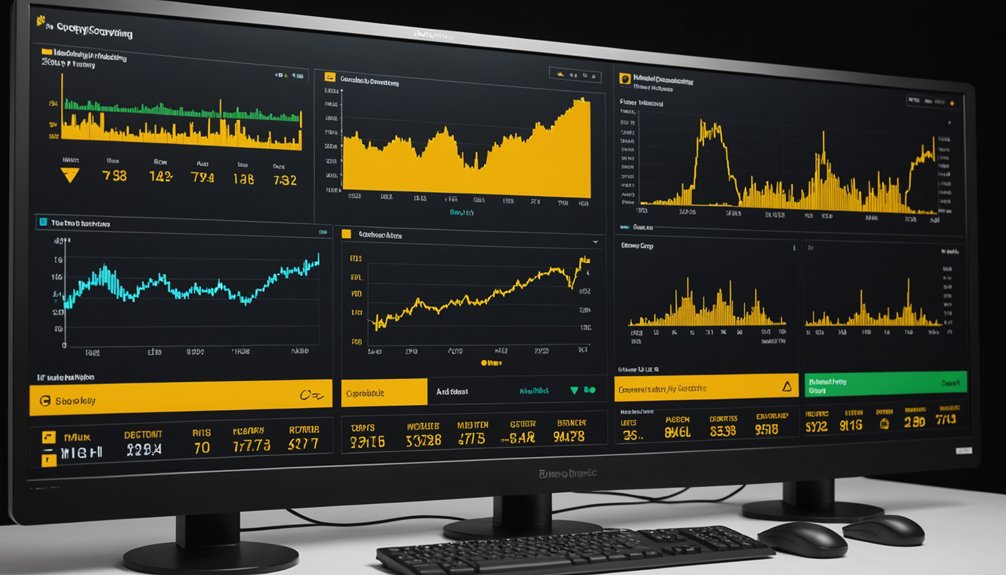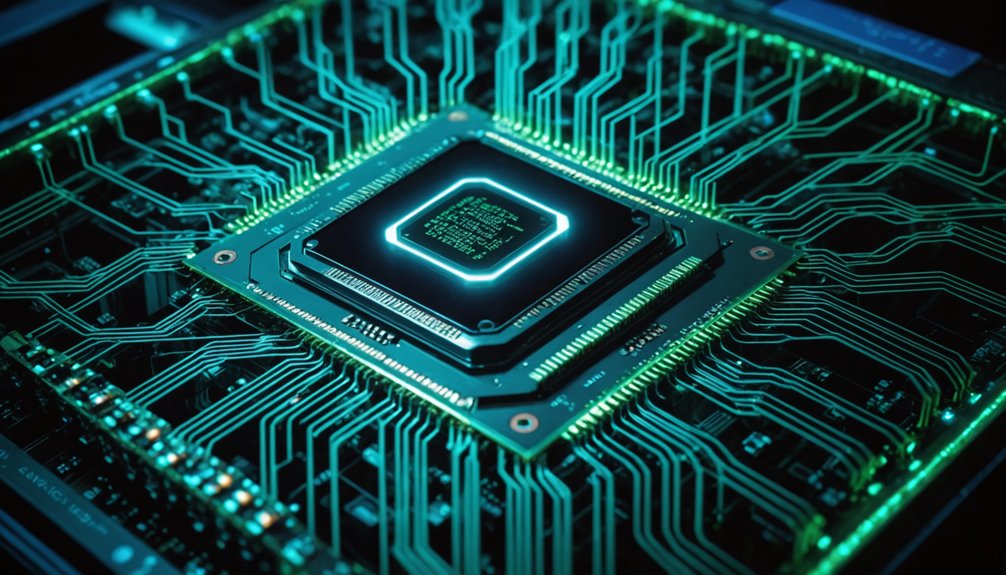Monitoring ML models isn't optional—it's survival. Effective monitoring tracks performance metrics against baselines, catches data quality issues early, and addresses drift before it tanks results. Version control enables quick rollbacks when things go south. Dashboards visualize the health of your models, making the invisible visible. Garbage data creates garbage predictions—no exceptions. Regular retraining keeps models fresh instead of fossilized. The difference between success and silent failure? A solid monitoring strategy.

While launching machine learning models into production might feel like a victory, the real battle begins afterward. Models aren't set-it-and-forget-it tools. They degrade. They fail. And when they do, it's rarely with a bang—more like a quiet, expensive whimper as accuracy slowly bleeds away.
Smart teams deploy monitoring frameworks using platforms like Neptune.ai or WhyLabs. Not because they're fancy, but because they work. These tools track critical metrics—accuracy, precision, recall—and send alerts before small issues become expensive disasters. Establishing a performance baseline isn't optional; it's the only way to know when things go sideways. Modern AI agents can help automate the monitoring process by continuously analyzing metrics and adapting to changes in real-time.
Monitoring isn't about fancy tools—it's your early warning system against the silent death of model performance.
Data quality makes or breaks models in production. Garbage in, garbage out—an old programming cliche that's painfully true for ML. Monitor your inputs religiously. One batch of inconsistent data can tank performance faster than you can say "concept drift." Data preprocessing is crucial for maintaining model accuracy and preventing performance degradation over time.
Speaking of drift, it's the silent killer of ML models. The relationship between inputs and outputs changes over time. The market shifts. Consumer behaviors evolve. Your perfect fraud detection model becomes useless. Real-time monitoring catches these shifts early. Tracking Population Stability Index helps detect these distribution shifts before they impact business decisions.
Version control isn't just for developers. When a model update fails, you'll thank yourself for the ability to roll back to the last stable version. Trust us.
Automated retraining pipelines are worth their weight in gold. Models need fresh data to stay relevant. Period. Set performance thresholds that trigger retraining before users notice problems.
Dashboards aren't just pretty pictures for executives. They provide visual insights that help diagnose issues fast. Use them.
The best monitoring systems combine functional tracking (is the model accurate?) with operational monitoring (is it hogging resources?). Both matter. Black box models complicate the interpretation of predictions, making transparency in monitoring even more crucial.
Remember—a model that worked perfectly in testing can still fail spectacularly in production. Robust monitoring isn't a nice-to-have. It's the difference between ML that delivers value and expensive technical debt that nobody wants to touch.
Frequently Asked Questions
How Can I Detect Model Drift Before It Affects Performance?
Detecting model drift before performance tanks? Easy. Monitor data quality stats and distribution changes. Track those predictions against baseline metrics.
Use KS tests or PSI to spot statistical differences early. Set up automated alerts for outliers and shifts in feature patterns. Implement feedback loops with proxy metrics.
Regular validation against gold standard data helps too. Drift happens. Catch it before customers notice.
When Should Monitoring Trigger Automatic Model Retraining?
Automatic model retraining should kick in when specific triggers are met.
Performance drops below defined thresholds? Retrain.
Significant data drift detected? Definitely retrain.
Concept drift algorithms sending alerts? Time to update.
Smart teams don't wait for disasters. They preemptively set up systems that catch issues early.
Resource constraints matter too—no point retraining daily if weekly works fine.
The key? Balance responsiveness with operational costs.
What Metrics Matter Most for NLP Versus Computer Vision Models?
NLP models prioritize text-specific metrics like BLEU for translation, ROUGE for summarization, and perplexity for language modeling.
They track vocabulary shifts and sentiment drift.
Computer vision? Different beast entirely.
These models need mAP for object detection, IoU for segmentation, and PSNR for image generation.
They monitor visual elements like resolution, lighting, and object characteristics.
Both fields care about operational stuff – inference time, throughput – but the core metrics? Completely different animals.
How Do I Explain Monitoring Alerts to Non-Technical Stakeholders?
Explaining monitoring alerts to non-technical stakeholders requires translation.
Strip away jargon. Focus on business impact. "This alert means we might lose $50,000 in revenue." Or "Customer satisfaction could drop 15%."
Use visuals—red, yellow, green systems work wonders. Compare to familiar concepts like car warning lights.
And timing matters. Tell them when they need to worry, and when they don't. No one likes false alarms.
Can Monitoring Systems Themselves Cause Production Performance Issues?
Yes, monitoring systems can absolutely tank production performance. They're not innocent bystanders.
Resource hogs, these systems introduce latency, duplicate data, and add complexity overhead. Real technical headaches. They can overload servers during high traffic, bottleneck data pipelines, and even create security vulnerabilities if poorly implemented.
Seems counterintuitive—the very tools meant to watch for problems sometimes become the problem. Classic tech irony.




